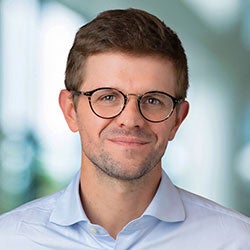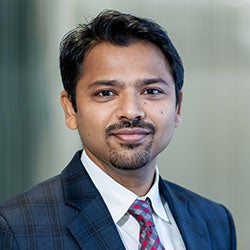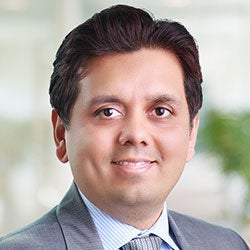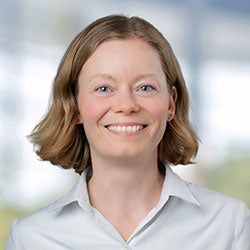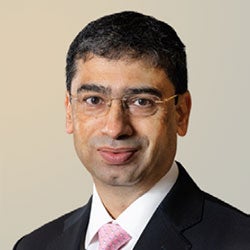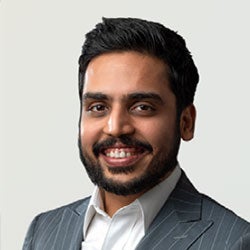Regulation significantly impacts market development, both domestically and for medical tourism, and regulatory frameworks are being enhanced across most markets. For example, India’s ART Bill introduced in 2021 is expected to enhance supply quality and create opportunities for corporate players, as large players are better placed to adhere to increasingly standardized regulations while smaller entrants face increased barriers to entry.
Additionally, donor cycles are expected to decrease with more restrictive regulations and a constrained supply (i.e., only one lifetime donation per donor). More patients will travel abroad to seek locally prohibited treatments such as gender selection and commercial surrogacy.
We see players collaborating with clinics in other countries and sending patients to other countries for expanded services, bypassing local restrictions and providing customized services. Top global players and PE firms may be attracted to the APAC market as regulatory arbitrage can be leveraged as a potential strategy. However, this approach can be risky, with sudden regulatory shifts or unpredictable events (e.g., travel restrictions due to COVID-19). For example, some Thai IVF clinics mainly serve overseas gender-selection patients, and their business declined by more than 60% during COVID-19.
“Regulatory arbitrage can certainly bring opportunities in the market; however, it is important to watch out for risks and uncertainties.”
– Chief operating officer, Hong Kong IVF operator
Market consolidation
The APAC and Middle East regions have potential for scaled play and national leaders with increasing formalization and a rising market share of key players. Fragmented markets like India are expected to consolidate, driven by a higher regulatory bar for the IVF industry, which puts pressure on stand-alone clinics. Supply shortages in these markets also allow dominant players to leverage untapped demand for expansion, while increased capital from PE investments and scalable operating models that reduce reliance on star physicians continue to drive market consolidation. Key trends in the emergence of scaled play and national IVF leaders include the following.
Competitive landscape to mirror higher-income markets
Singapore and the UAE, where the top three companies have 60%-80% market share, have high concentration, whereas in emerging markets like India, 35%-40% of IVF cycles are conducted by stand-alone clinics. Similarly, the top three Chinese IVF players hold just 15% market share, as the public sector represents ~85% of the market in volume.
Public sector players dominate IVF in Singapore and China. In Singapore, patients are covered in the public sector (for up to three cycles), while treatments in the private sector need to be self-funded or paid for by private health insurance. Unlike European markets, where publicly funded cycles can be delivered by private clinics, private players in Singapore rely on private funding only (see Figure 7). In China, the IVF market is a public centric system, similar to the rest of the healthcare services market.


